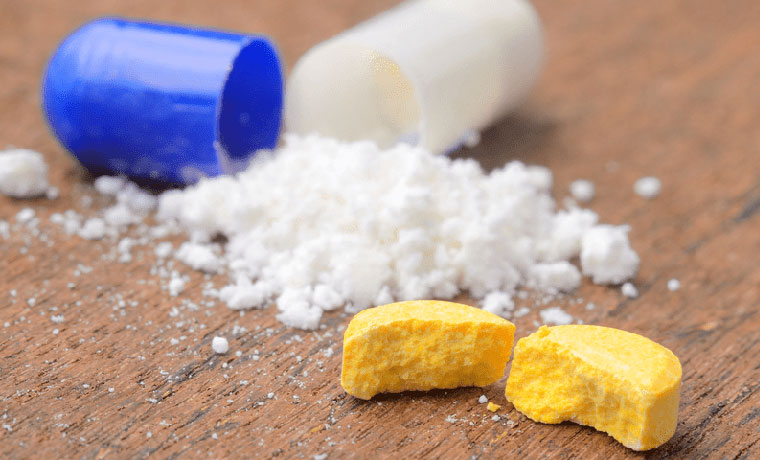
Sodium starch glycolate is a white to off-white, tasteless, odorless, relatively free flowing powder. Sodium starch glycolate is used as a pharmaceutical grade dissolution excipient for tablets and capsules. Sodium starch glycolate absorbs water rapidly, resulting in swelling which leads to rapid disintegration of tablets and granules. It is used as a disintegrant, a suspending agent and as a gelling agent. Without a disintegrant, tablets may not dissolve appropriately and may affect the amount of active ingredient absorbed, thereby decreasing effectiveness.
Pharmaceutical companies add sodium starch glycolate to capsules and tablets to help make them disintegrate and dissolve better, making it easier for your body to absorb the medication. It does this by absorbing water quickly so the pill swells and breaks apart into small pieces. It can also be used to help form gels.
| Physical Appearance | White or almost white , fine free flowing powder very hygroscopic |
| Test - A | Infrared absorption |
| Test - B | Changes from blue to violet colour by addition of iodine or potassium iodide |
| Test - C | Imparts an intense yellow colour to a non luminious flame |
|
pH |
5.5-7.5 |
| Sodium Glycolate | Max 2.0% |
| Sodium Chloride | Max. 07.0% |
| Iron | Max.20 ppm |
| Heavy metals | Max.20 ppm |
| Loss on drying | Max.10.0% |
| Assay (% of sodium on dry basis) | 2.8%-4.2% |
| Residual Solvents (MeoH) | Max 3000 ppm |
| Particle size | 99% passing through 100 mesh |
| Microbial Size | |
| Total Aerobic microbial count | NMT 1000 CFU/g |
| Total yeasts & moulds count | NMT 100 CFU/g |
| Escherichia coli | Should be absent |
| Salmonella | Should be absent |